Every day, we search the internet to find What Rocks are Native to Southern California??. Let us understand and see the pictures of the famous and mysterious stones in Southern California.
Southern California is a geologic wonderland renowned for its diverse landscapes and rock formations. From coastal cliffs to high mountains and arid deserts, the region offers an incredible diversity of native rocks with cultural, scientific, and aesthetic significance.
These rocks tell stories of the Earth’s past and play a vital role in shaping the identity and natural beauty of the area.
The Geology of Southern California

Understanding the Landscape
Southern California’s terrain is a mosaic of geological regions shaped by different processes. Coastal areas, mountain ranges, and vast deserts were created by millions of years of tectonic activity, erosion, and sediment deposition.
The Role of Tectonics and Erosion
The region lies along the Pacific Ocean’s Ring of Fire, with the San Andreas Fault being a major force in shaping the landscape. This tectonic activity, combined with erosion from wind and water, has created the dramatic rock formations and geological formations that define the region.
Common Native Rocks Found in Southern California
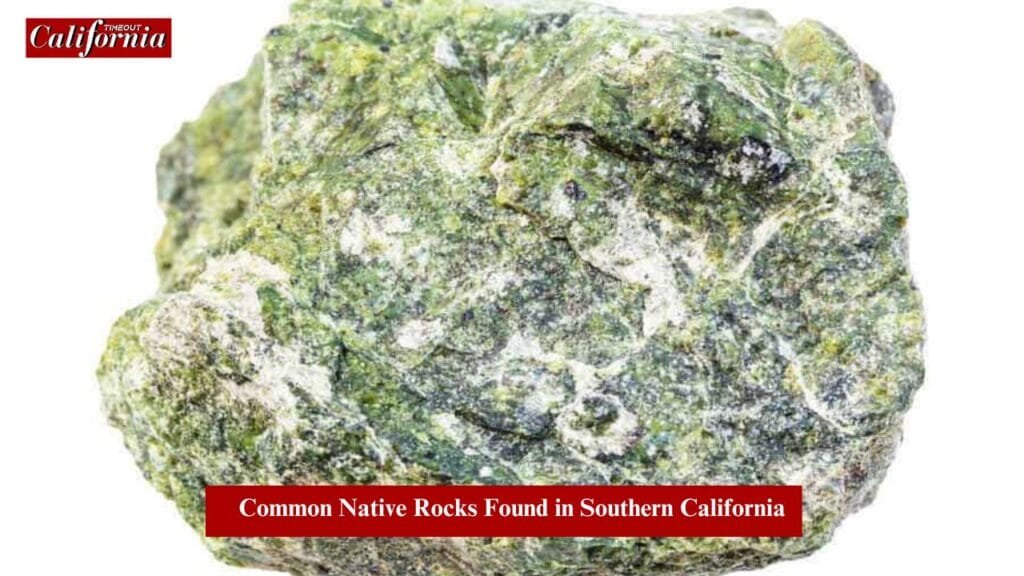
Granite: The Backbone of Southern California Mountains
Granite is one of the most abundant rocks in the region, forming the core of mountain ranges like the Sierra Nevada and the San Gabriel Mountains.
Known for its durability and beauty, granite has been widely used in construction and monuments. Its crystalline texture and light colors make it a standout feature in rugged landscapes.
Basalt: Evidence of Ancient Volcanic Activity
Basalt, a dark volcanic rock, offers a glimpse into the region’s fiery past. Found in areas with ancient lava flows, such as the Mojave Desert, basalt is a key indicator of Southern California’s volcanic history.
Sandstone: A Testament to Erosion
Sandstone formations like those in Red Rock Canyon showcase the power of erosion. Wind and water have shaped this rock into intricate patterns and vibrant colors, making it a favorite among geologists and photographers.
Schist and Gneiss: The Metamorphic Beauties
These metamorphic rocks, with their distinct layered appearance, are commonly found in the region’s mountains. Formed under intense heat and pressure, schist and gneiss add a touch of elegance to Southern California’s geology.
Unique and Rare Rocks of Southern California
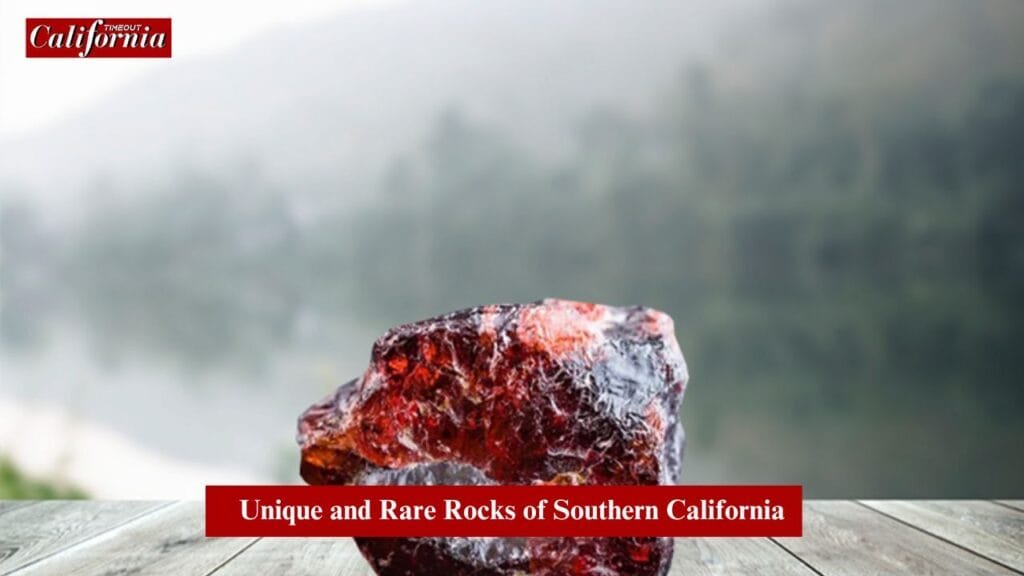
Serpentine: California’s State Rock
Serpentine, recognized as California’s official state rock, is a striking green stone with a smooth, waxy texture. It is rich in magnesium and forms in areas with tectonic activity. Beyond its geological significance, serpentine holds cultural and environmental importance.
Quartz and Gemstones
Quartz veins are abundant in Southern California and often contain semi-precious gemstones like tourmaline, garnet, and topaz. Mines in areas like San Diego County are treasure troves for collectors and enthusiasts.
Fossiliferous Rocks: A Window to the Past
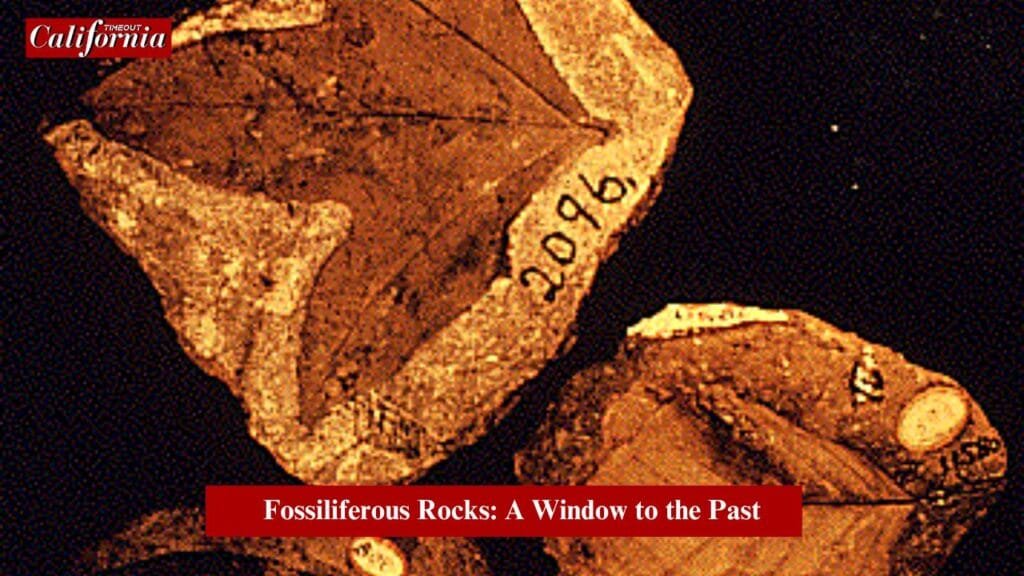
Marine Fossils in Limestone
Limestone often contains well-preserved marine fossils, providing insights into ancient ocean ecosystems. Fossil beds near areas like the Palos Verdes Peninsula reveal remnants of shells, corals, and other marine life.
Shale and Fossils of Prehistoric Plants
Shale, a sedimentary rock rich in plant fossils, offers a glimpse into prehistoric vegetation. Fossil beds in Southern California’s deserts are popular sites for uncovering these ancient treasures.
Rockhounding in Southern California
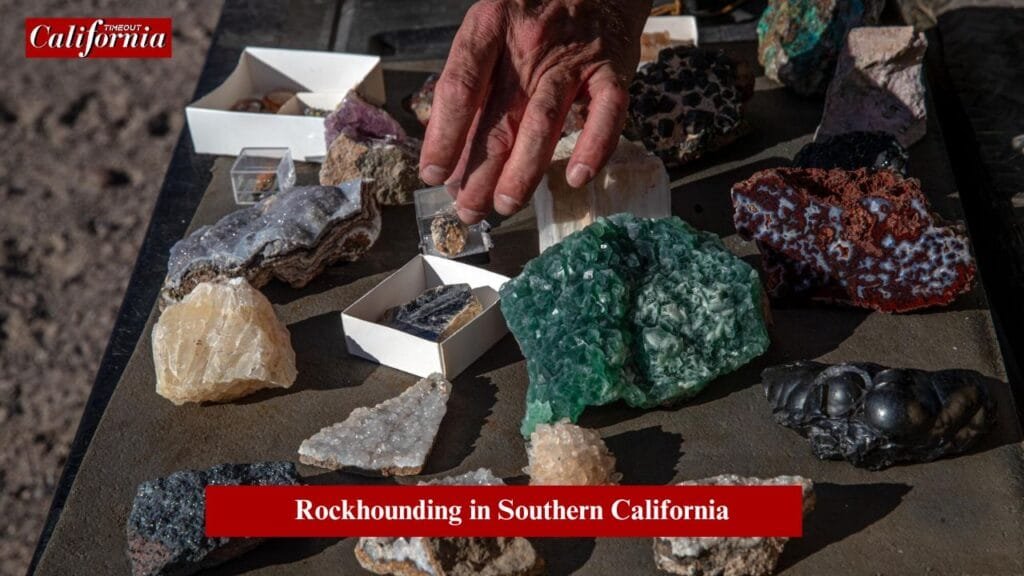
Popular Sites for Collecting Native Rocks
Southern California is a haven for rock collectors.
- Anza-Borrego Desert State Park: Known for its unique fossils and colorful rocks.
- Joshua Tree National Park: Famous for granite formations and quartz deposits.
- Beaches: Ideal for finding polished stones and agates.
Tips for Rock Collecting
- Ethical Considerations: Always follow local laws and avoid collecting from protected areas.
- Tools and Safety: Bring a rock hammer, safety goggles, and gloves. Research your destination to ensure a safe and successful outing.
Cultural and Artistic Significance of Native Rocks
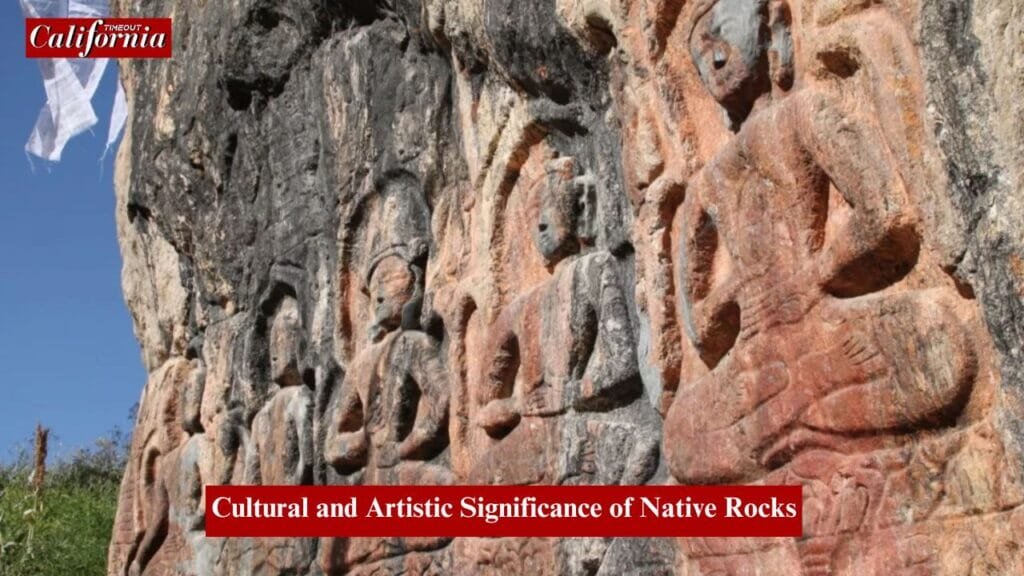
Native American Uses of Rocks
The native rocks of Southern California played an important role in the lives of indigenous peoples. For example, obsidian-made tools, weapons, and ceremonial objects. Rocks such as sandstone and basalt were also integral to construction and spiritual practices.
Modern Applications
Today, native rocks inspire art, architecture, and landscaping. Granite countertops, serpentine sculptures, and sandstone pathways are just a few examples of these materials used in contemporary design.
Conclusion
Southern California’s geology is a testament to the Earth’s dynamic history and the enduring beauty of its native rocks. The region’s geologic treasures invite exploration and appreciation, from ancient fossils to vibrant gemstones.
Learning about and preserving these natural wonders can deepen our connection to the land and its rich history. If you like this, What Rocks are Native to Southern California?? Post, then comment and share your opinion with us.



1 Comment
Pingback: How far is Palm Springs from San Diego California?? Top 3 Ways! - Timeoutcalifornia